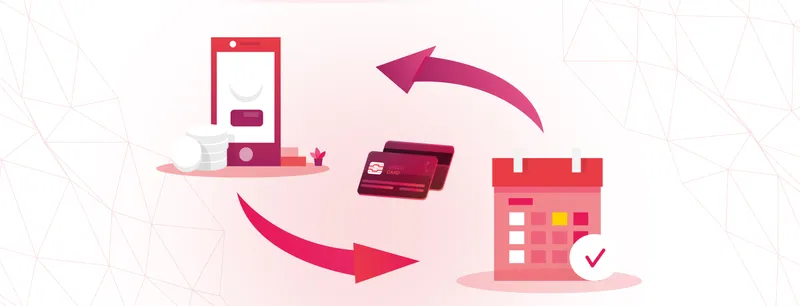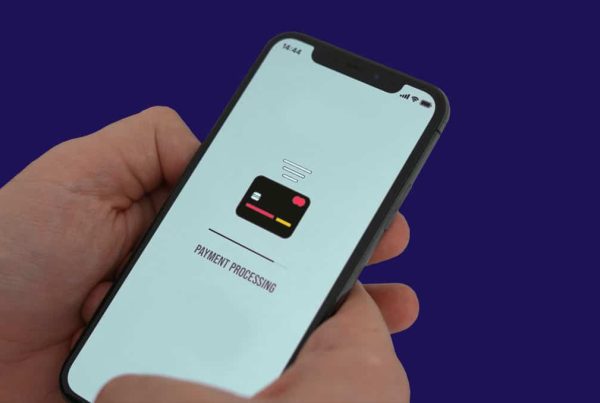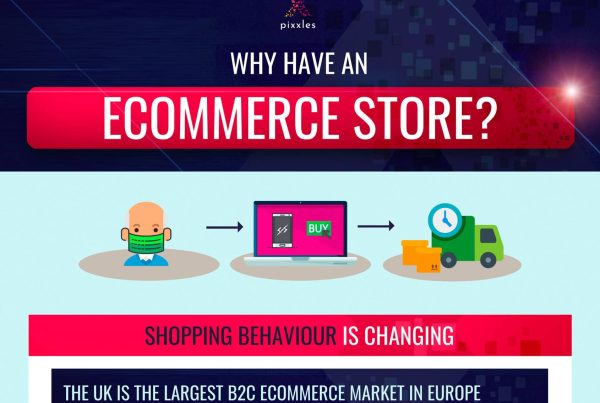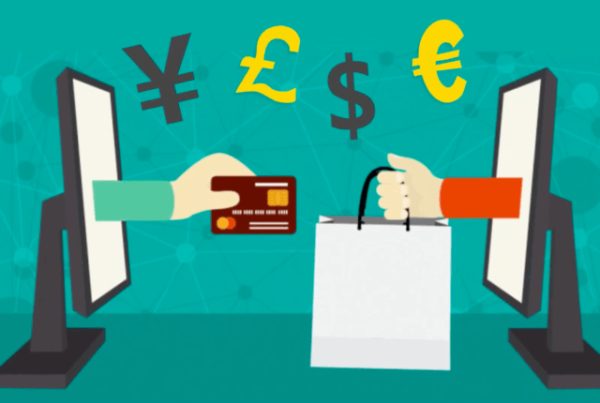Today, convenience and efficiency have become indispensable for businesses and consumers alike.
As a result, recurring billing has emerged as a useful payment model, changing the way we pay for products and services.
But what exactly is recurring billing, and how does it work?
Let’s take a look.
What is recurring billing, and what does it mean?
Recurring billing is a payment model that lets business owners automatically charge their customers for products or services at regular intervals. This model is particularly popular in subscription-based businesses.
We all, for the most part, have at least one subscription service that we pay a fixed amount for Netflix is a good example.
Recurring billing, like in the case of Netflix, is a popular choice because it makes transactions more convenient for customers and gives businesses a predictable cash flow.
» MORE: What is a billing address?
Is recurring payment automatic?
Yes, recurring payments are automatic.
When a customer agrees to a recurring payment plan, the merchant uses a payment processor or billing software to charge the customer’s account at regular intervals.
Automation like this eliminates the need for manual payments, reducing hassle for both the customer and the business.
But is recurring payment the same as automatic payment?
Despite what we’ve said above, no, they are not quite the same.
The terms are used interchangeably, but there is a subtle difference between a recurring payment and an automatic payment.
Recurring payment
Recurring payment refers specifically to a payment model where customers are charged periodically for products or services.
Automatic payment
Automatic payment, on the other hand, is a broader term that encompasses any payment that is automatically deducted from a customer’s account.
While recurring payments are a type of automatic payment, not all automatic payments are necessarily recurring.
For example, if you have a mobile phone plan with an automatic top-up feature, your account could be set to automatically add funds whenever your balance falls below a certain point.
In this case, the automatic payment is not made on a fixed schedule but rather depends on your usage.
An irregularly scheduled automatic payment like this would not be considered a recurring payment.
What are the three types of recurring transactions?
- Fixed billing – These are where customers are charged a fixed amount at regular intervals. Fixed billing is most commonly associated with subscriptions like Netflix.
- Variable billing – Here, the payment amount may change from one billing cycle to the next, although the date remains the same.
- Installment billing – These transactions require the customer to pay for a product or service in multiple installments over a period of time. The installment term does not last forever. Loan repayments are a good example.
Recurring billing and different pricing models
Usage-based billing, user-based billing, and tiered billing are three common pricing strategies. Let’s talk about them briefly.
Usage-based billing (metered billing or pay-as-you-go billing) is when customers are charged based on their consumption of a product or service.
The advantages of usage-based billing include fair pricing (customers pay for what they use) and flexibility.
This type of billing allows customers to scale their usage up or down without committing to a fixed plan.
User-based billing (per-seat or per-user pricing) is a pricing strategy where customers are charged based on the number of users or accounts they have.
Advantages of user-based billing include ease of use (you can estimate the cost based on the number of users) and scalability.
A startup can increase its number of users as it grows.
Tiered billing (tiered pricing or multi-tier pricing) is a pricing strategy that offers customers a range of plans.
Advantages of tiered billing include attracting a wider range of customers (more pricing options) and clear value differentiation.
Tiered billing makes it easy for customers to compare the value they receive at each tier.
What are some specific examples of recurring bills?
Examples are numerous and include utility bills, mobile phone plans, SaaS applications like Adobe Creative Cloud, mortgage payments, and much more.
» MORE: Alternative payment methods you can use
Why might you want to set up recurring payments?
There are several benefits to recurring payments.
These include:
Convenience
Recurring payments reduce the effort associated with making individual payments, as customers only need to provide their payment information once.
Improved cash flow management
Recurring payments help customers budget and manage their expenses. Businesses, meanwhile, benefit from more predictable revenue streams.
Enhanced customer retention
Recurring payments often result in higher customer retention rates, as the routine nature of automatic payments allows people to budget more easily.
Unpredictable charges are likely to act as a repellent to customers who need structure in their financial planning.
Cons of recurring billing
Recurring billing, although beneficial for businesses and customers, does have certain drawbacks.
Customer churn
In a subscription-based model, it’s not uncommon for customers to cancel their subscriptions or memberships.
This churn can occur for a variety of reasons, but whatever the case, it’s problematic for businesses.
High churn rates impact revenue and growth potential.
Complexity
Another challenge of recurring billing is the complexity of the billing process itself.
Managing a recurring billing system involves multiple steps, from setting up different pricing tiers to ensuring compliance with regulations.
There is a lot to it, and this complexity can strain a company’s resources, especially if it’s small and has limited personnel or technical capabilities.
Payment issues
Recurring billing can sometimes lead to payment issues, such as declined transactions or expired credit cards. This can create problems between the customer and the business.
Lack of communication
Another potential downside of recurring billing is the risk of customer dissatisfaction due to a lack of communication.
Customers may feel blindsided when they discover recurring charges on their statements for any number of reasons—perhaps they forget they were using the service.
Miscommunications can lead to customer complaints, disputes, and ultimately, damage to the business’s reputation.
Annual vs. monthly billing cycles
When it comes to recurring billing, businesses can choose between annual and monthly billing cycles, or they can offer both.
Annual billing is almost always less expensive than monthly billing.
Many businesses prefer annual billing as it lowers churn rate and requires fewer transactions to be processed and managed.
The disadvantages to annual billing are higher upfront costs for customers and an inflexible, longer-term plan. Both of these points may deter some customers from subscribing.
Monthly billing, by contrast, has a higher churn rate and requires more administrative work on the part of businesses.
At the same time, customers benefit from a lower entry barrier with monthly billing, and businesses have access to a monthly revenue stream.
How do I set up recurring payments?
To set up recurring payments as a customer, broadly speaking, you need to:
- Select the product or service you want to subscribe to.
- Register for an account by providing your account information.
- Choose a payment plan based on your needs and preferences.
- Provide your payment information, such as a credit card. Look out to ensure the website uses encryption (look for https in the URL)
- Review and authorize the payment terms, then confirm and agree to the terms.
- Set up payment reminders, either through the service provider’s platform or your personal calendar.
- Monitor your payments regularly to ensure that they are processed correctly.
- Update your payment information as needed. For instance, if your payment method expires, it’s time to update.
To set up recurring payments as a business owner, you need to:
1. Choose a payment processor or subscription management platform that supports recurring payments.
2. Create an account with your preferred platform and follow their guidelines. You’ll need to provide your business name, address, national insurance number (NINO), and bank account details.
3. Set up your products or services by specifying the pricing, billing frequency, and any additional terms.
4. Integrate the payment processor with your website or platform. This may involve installing a plugin, using an API, or adding a pre-built integration.
5. Configure the checkout process on your website to allow customers to sign up for recurring payments.
6. Set up email notifications and configure them so that customers receive invoices, payment confirmations, and reminders about upcoming charges.
7. Test the recurring payment process before launching the payment system.
8. Launch and monitor your recurring payment system and start accepting payments from customers. Keeping track of your payment system’s performance is key to spotting mistakes and making improvements.
Can I use my debit card for recurring payments?
Yes, you can use your debit card for recurring payments as long as the merchant accepts them as a payment method.
When setting up recurring payments with a debit card, you follow the same process as you would for a credit card.
There are some things to consider when opting for a debit card as your preferred payment method, however.
Unlike credit cards, debit cards take funds straight from your checking account.
So, it’s necessary to keep an eye on your account balance when setting up recurring payments this way. This helps to avoid declined transactions and additional fees.
Additionally, although most debit cards offer fraud protection of some kind, unauthorized charges can directly affect your checking account balance.
Granted, unwanted charges are most likely not a major concern if you are setting up recurring payments with a well-known merchant. But it is possible for them to occur.
Providing your debit card information to an unscrupulous merchant is the most likely cause of unwanted recurring charges.
How do I stop recurring charges?
To stop a recurring charge, here are some tips to follow:
Identify the source of the recurring charge by checking your bank or credit card statements.
Contact the service provider or merchant to cancel your subscription or cancel it through your online account.
Follow the cancellation process they lay out, which may involve confirming the cancellation with a customer service rep.
Confirm the cancellation. Typically, you’ll receive a confirmation email or a confirmation in your online account.
Monitor your bank or credit card statements to ensure the recurring charges have stopped.
(Optional) Remove your payment information by contacting the service provider with a removal request.
Will canceling a credit card stop recurring payments?
Yes, canceling a credit card will typically stop recurring payments. This is because the card will no longer work for any transactions.
In our opinion, canceling a credit card is more or less a last resort.
Some things to keep in mind:
If you have an outstanding balance with the merchant, canceling your credit card without formally canceling the subscription may result in debt collection efforts.
Some services may have early termination fees or require a notice period before cancellation.
The merchant may continue to consider you an active subscriber even if the recurring payments have stopped due to the canceled credit card.
Canceling a credit card may affect your credit score.
How do you identify recurring charges?
The best way to spot recurring charges is to keep a close eye on your bank or credit card statements.
Look for patterns of charges that occur on the same day each month or have a consistent billing amount. Also, take note of the merchant’s name or the description associated with each recurring charge.
Beyond this, you can compare the recurring charges on your statements with your known subscriptions.
You can also use budgeting apps or tools, which can help you keep track of recurring charges.
What sort of businesses is recurring billing most suited for?
Recurring billing is a good choice for businesses that provide ongoing products or services.
Period delivery services, Software as a Service (SaaS) companies, and streaming services like Netflix are some examples.
Others are online publications, membership-based organizations, and fitness and wellness businesses.
List of business types that use recurring billing
- Educational businesses
- Telecommunication and utility services
- Managed services providers (MSPs)
- Cloud storage providers
- Virtual private network (VPN) providers
- Website hosting and domain registration
- Rent and property management
- Subscription-based ecommerce
- Charitable organizations
- Subscription services
- Software as a Service
- Maintenance and support services
- Fitness and wellness businesses
- Streaming services
- Health and wellness services
- Online publications and digital media
- Membership-based organizations
» MORE: What are digital receipts?








